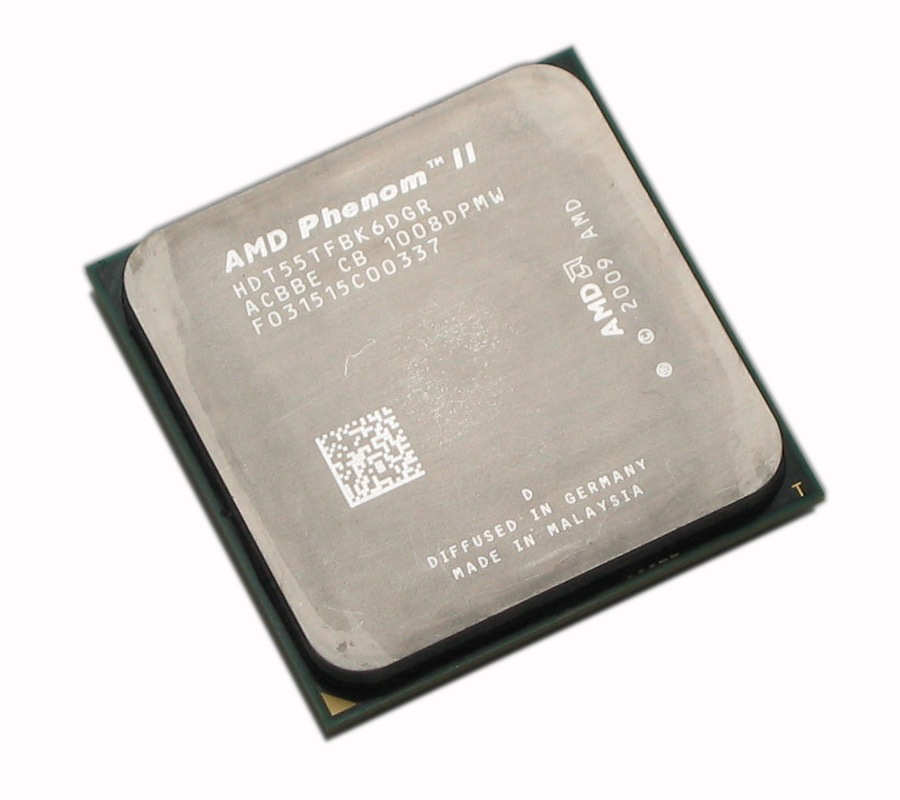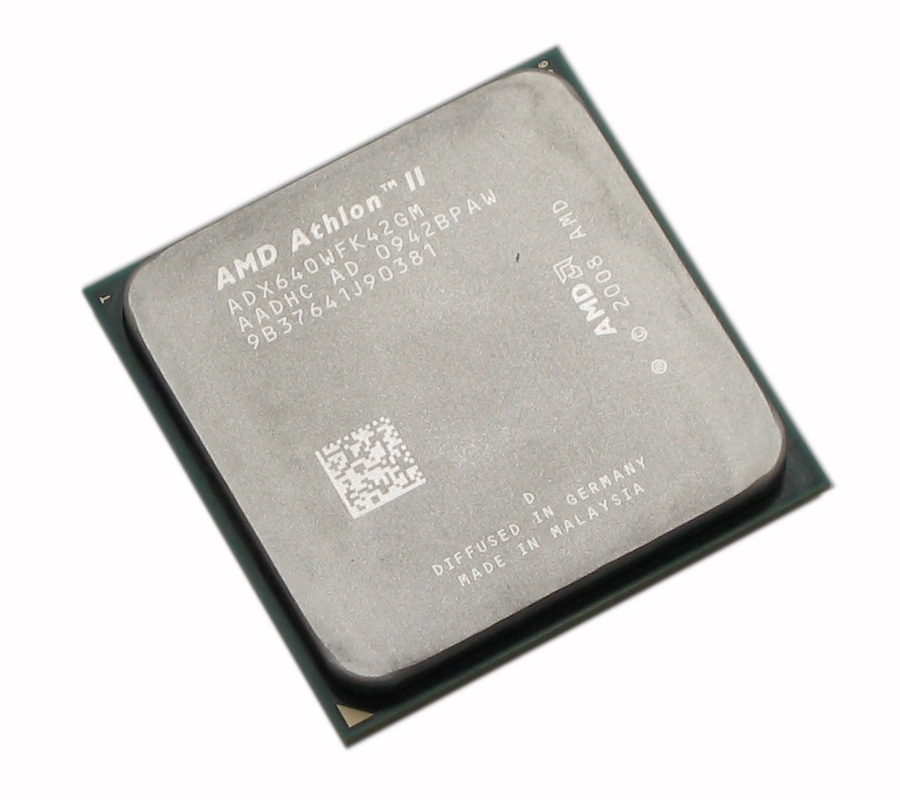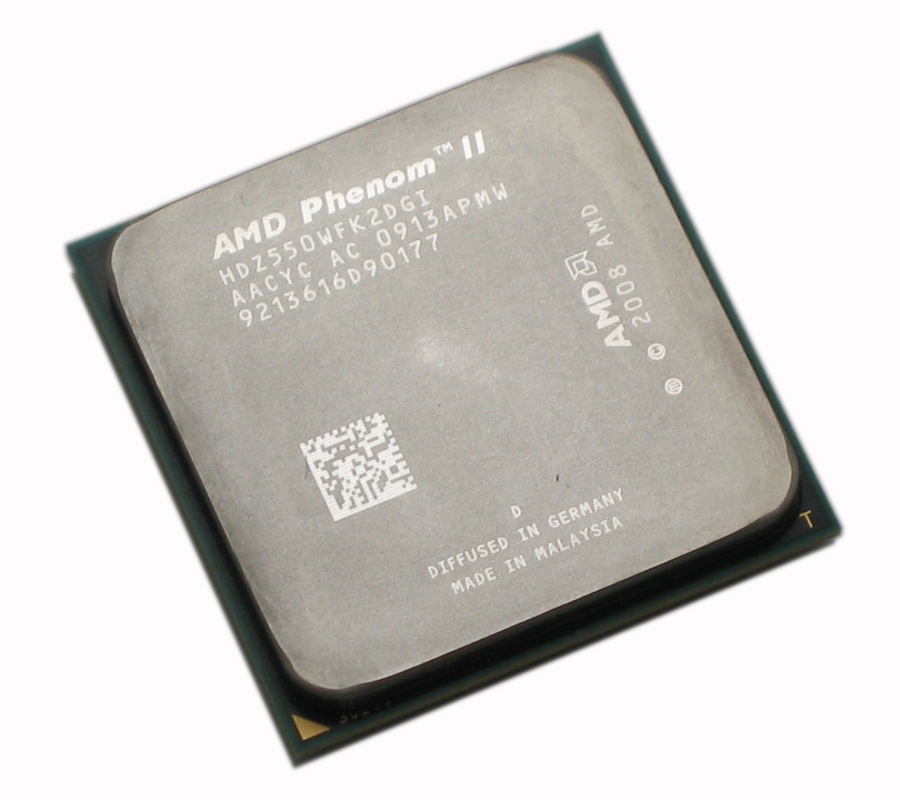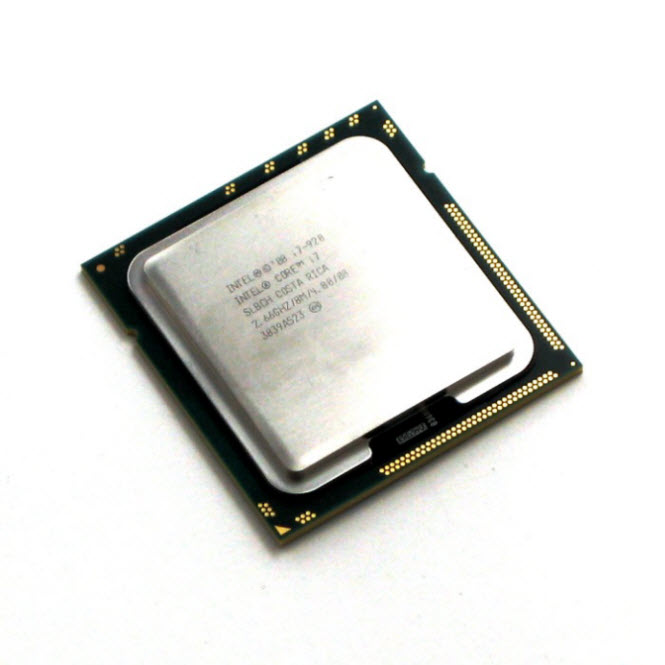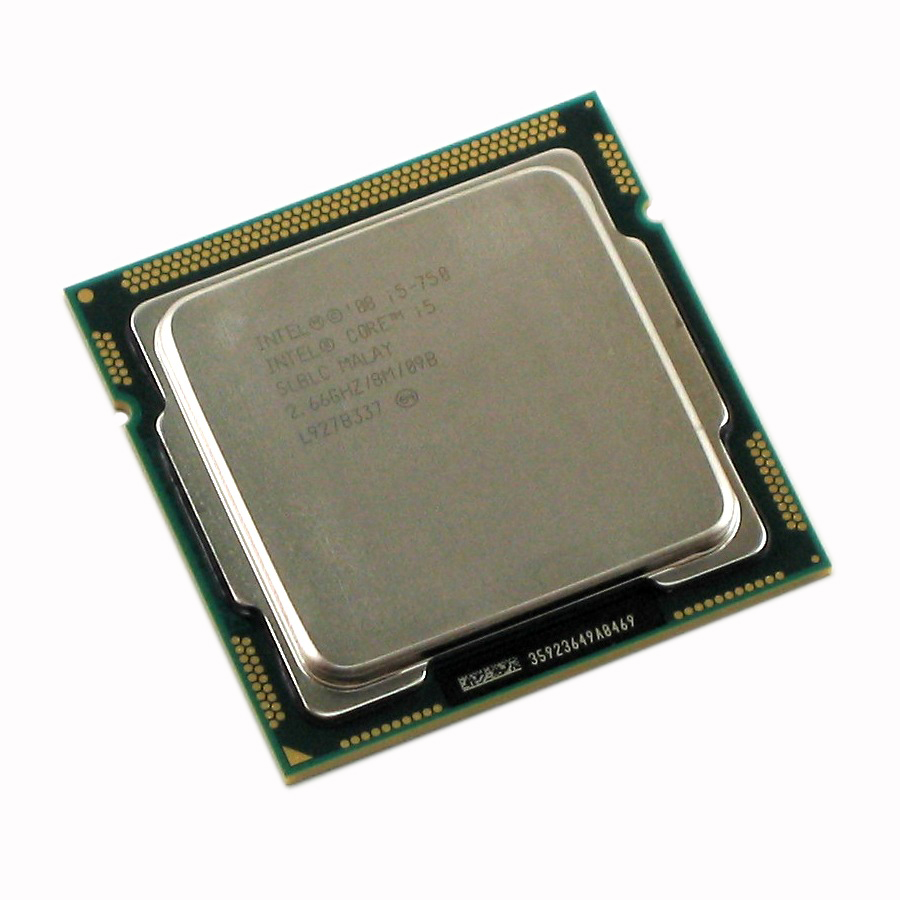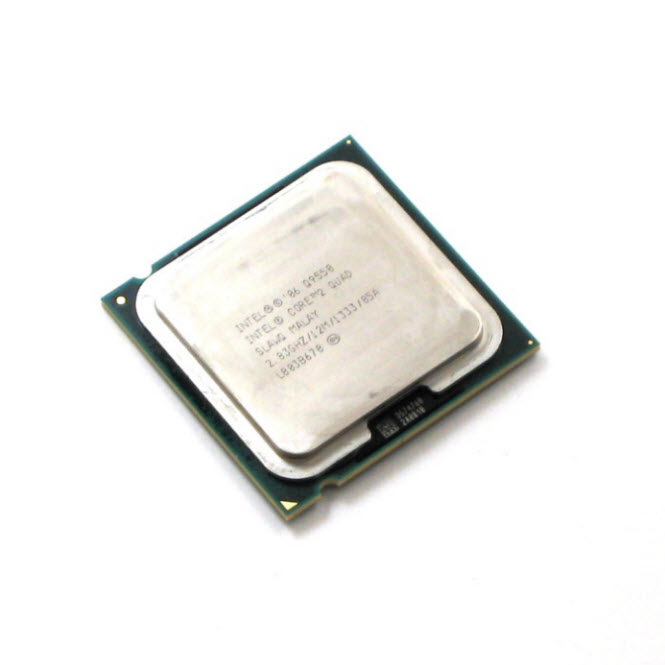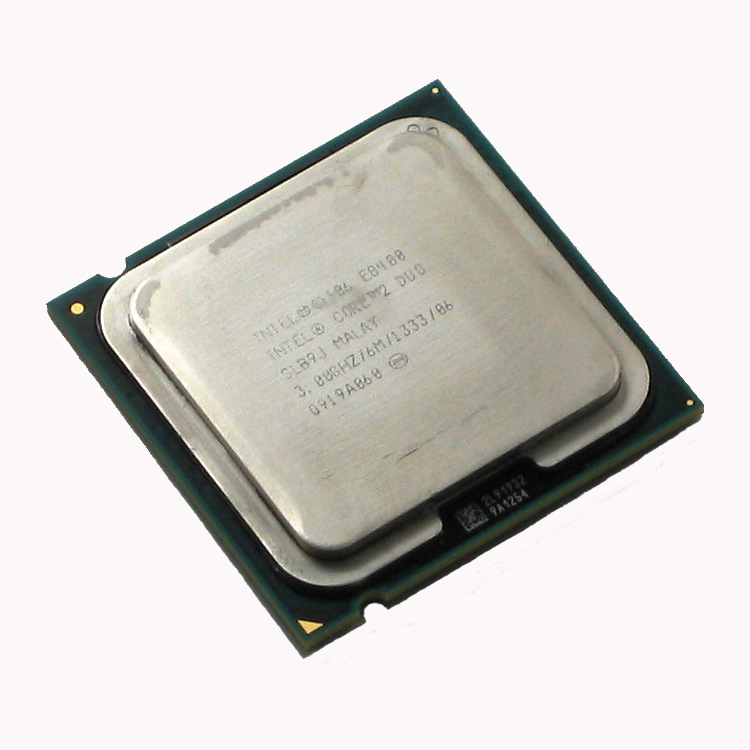Part 4: Building A Balanced Gaming PC
What does it mean to build a truly-balanced PC? How great would it be to piece together a machine bottlenecked by neither CPU or GPU? We set forth to measure the perfect balance in seven different games and four resolutions in this fourth of many parts.
Processors
While a powerful GPU is certainly an important component in a balanced gaming PC, graphics performance alone does not guarantee an enjoyable experience. The processor, or CPU (as everyone calls it), amongst other pieces of hardware, must cope with tasks like physics and AI (artificial intelligence) calculations, on top of any background tasks running as you play your game.
Part 4: AMD Processors
AMD Phenom II X6 1055T
The AMD Phenom II X6 1055T features six physical processing cores, each equipped with 512 KB of L2 cache, and sharing 6 MB L3 cache. AMD Turbo CORE technology can boost the 2.8 GHz stock speeds, in effect enabling three 3.3 GHz cores in lightly-threaded applications.
We won’t put this technology into action until later in the series, as we disable Turbo for today’s overclocking story. More information on the Phenom II X6 architecture can be found in our launch coverage. Our sample is a 125 W TDP (Thermal Design Power) version, and not the newer 95 W TDP part.
AMD Phenom II X4 955 Black Edition
The AMD Phenom II X4 955 Black Edition is a quad-
Get Tom's Hardware's best news and in-depth reviews, straight to your inbox.
core Socket AM3 processor with 4 x 512 KB L2 cache and a 6 MB shared L3 cache. We could have used this Black Edition (BE) processor to simulate a Phenom II X4 965 BE, but knew we’d cover overclocking anyway. At stock settings, the slightly lower 3.2 GHz stock clock rate and lower price tag combine to enable an even more attractive price/performance ratio.
AMD Athlon II X4 640
At 3.0 GHz, this current king of AMD’s Athlon II series is not the highest-clocked model out of the box, but we’ll be cranking up the core speed anyway for this part of the series.
While the Athlon II X4 640 doesn’t match the “bang for buck” of the $75 triple-core Athlon II X3 440, it should provide a good look at what a gamer could hope to pull from an Athlon II with all four functioning cores active. The main area of interest here is the impact a lack of L3 cache will play in terms of gaming capability.
AMD Phenom II X2 550 Black Edition
The Phenom II X2 550 Black Edition is a 3.1 GHz, dual-core, Socket AM3 processor with 2 x 512 KB L2 cache and a shared 6 MB L3 cache. Of course, like all Phenom II Black Edition chips, the X2 550 has an unlocked multiplier and voltage ID.
Part 3: Intel Processors
Intel Core i7-920
Serving up solid performance and plenty of overclocking potential, the quad-core Intel Core i7-920 is the fastest CPU we will emphasize for this series. After all, it has the headroom to exceed even Intel's Core i7-975, and we address overclocked performance in Part 3 of in the series.
This 45 nm Bloomfield-based LGA 1366 processor is clocked at 2.66 GHz, has 4 x 256 KB L2 cache, an 8 MB shared L3 cache, support for three memory channels, and it features Intel’s Hyper-Threading and Turbo Boost technologies.
Intel Core i5-750
Similar to the Core i7-920 above, Intel’s mainstream Core i5-750 is also a 45 nm quad-core processor, clocked at 2.66 GHz, with 4 x 256 KB L2 cache, 8 MB shared L3 cache, and Intel’s Turbo Boost.
This LGA 1156 Lynnfield-based processor differs mainly in its integrated PCI Express 2.0 connectivity, leveraging 16 total lanes, and dual-channel memory controller. Additionally, Hyper-Threading is not part of Core i5's feature set.
Intel Core 2 Quad Q9550
The Intel Core 2 Quad Q9550 provides a good look at what you can still get from the LGA 775 interface, ideal for the folks with slightly older P45/X38/X48 systems and not afraid to upgrade.
This 45 nm quad-core Yorkfield-based chip is clocked at 2.83 GHz, has 12 MB L2 cache between its two physical die, and runs on a 1333 MT/s FSB.
Intel Core 2 Duo E8400
The Intel Core 2 Duo E8400 is a 45 nm, dual-core Wolfdale-based processor with 6 MB of L2 cache, also running on a 1333 MT/s FSB.
This once-legendary LGA 775 processor is clocked at 3.0 GHz, but is probably best known for its 4.0+ GHz overclocking potential.
Intel Pentium E6300
Because there is so much variance in Intel's dual-core processor lineup, no single processor best represented what Intel had to offer. Thus, we were torn between adding a Pentium E5200, E5300, or E6300 to the mix.
All of these 45 nm Wolfdale-based chips have 2 MB cache and offer big performance once overclocked. But the 2.8 GHz Pentium E6300 offers higher stock performance for an extra $15 or so. Unfortunately, its 1066 MT/s FSB does mean a lower available multiplier when it comes time to overclock.
Special thanks to Intel and AMD for arranging the CPUs needed to make this entire series possible.
-
wildeast "such as NVidia’s GeForce GTX 400-series and revamp the benchmark suite with some new DirectX 11 titles."Reply
i'll be waiting for that, and maybe some i5 cpu to see what fit sli best -
jsowoc "We set forth to measure the perfect balance in seven different games and four resolutions in this third of many parts." (?)Reply
I think you copied this paragraph from part 3 and forgot to change it to 4... ;-) -
theshonen8899 With the amount of love you guys have for the Athlon x3 I was really hoping to see it on here :\Reply
I guess I can kind of predict where it'd fall though. -
L0tus Brilliant piece.Reply
I wish I had read this before building my system as I can see that I clearly spent too much on my CPU instead of GPU (i5-750 + HD5770) . Would have done much better with (X2 550 BE + HD5850) !
...ain't hind sight a b***h!
Also interesting to see how GPUs really start to distinguish themselves at higher resolutions. Again, brilliant work. -
TheStealthyOne I built a computer for my brother using a Phenom ii 550 paired with a 5770, and it screams! Fantastic gaming chip! It just goes to show you can achieve fantastic performance by planning and balance.Reply -
garlik_bread Personally, i'd be interested to see results from a card with less han 1GB RAM on the GPU.Reply
On the lower end of the spectrum, with the lower resolutions, is the 1GB really necessary?
Basically, i have a 512MB Asus 5770 and want to validate my purchase :D -
plasmastorm Still running a Maximus formula 775 board with a Q6600, 8gb ram and a Radeon 5850 but this is certainly handy for future reference.Reply
Probably skipping the i5/i7 generation as I can still play anything at max settings on my 22" monitor while running a 2nd for a film tho :) -
descendency plasmastormStill running a Maximus formula 775 board with a Q6600, 8gb ram and a Radeon 5850 but this is certainly handy for future reference.Probably skipping the i5/i7 generation as I can still play anything at max settings on my 22" monitor while running a 2nd for a film thoReply
i5/i7 isn't a generation. it's like 5 or so.
It's the same thing as C2D and C2Q
